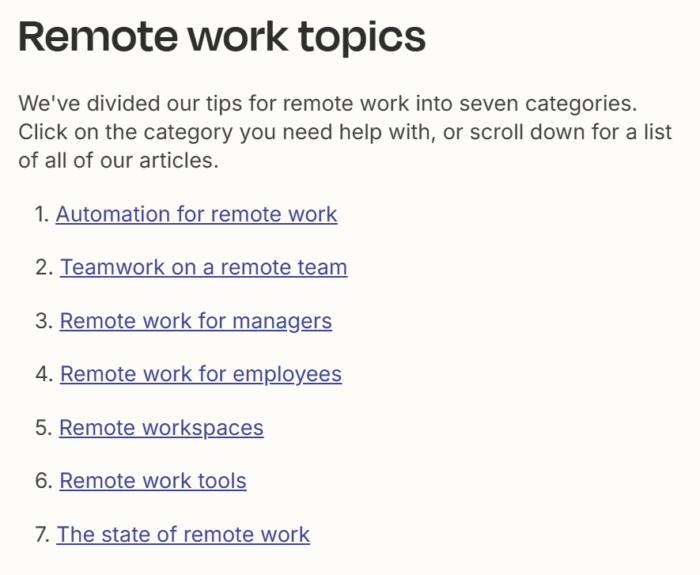Six Psychological Tricks Companies Use to Keep You From Canceling Your Subscriptions
Have you ever tried to cancel something (like cable TV) and wound up getting more services instead?

Have you ever tried to cancel something (like cable TV) and wound up getting more services instead?

Credit: mundissima / Shutterstock
Canceling memberships has become an everyday thing for a lot of people. We cycle through streaming services, we sign up for trial memberships, we find cheaper, better options for everything from television to gyms and jump whenever it makes financial, emotional, or psychological sense for us to do so. We’re pretty much at a point where the moment you sign up for a service or subscription, the countdown to your inevitable cancellation begins.
And everyone knows that canceling those subscriptions and services can be a challenge, even with new rules in place that are supposed to make it easier. If you’ve ever tried to cancel something and found it very difficult, or even outright failed to get it done, you were probably a victim of “dark patterns” and psychological tricks that companies use to stymie your efforts to dump them. In other words, you got sucked into their “cancellation funnel.”
How "cancellation funnels" work
When you tell a customer service rep (CSR) that you want to cancel (or you click “cancel” on a site), you trigger a retention script that’s sometimes called a "cancellation funnel" or a "churn funnel." Companies want to hang onto your revenue, so they dedicate time and resources to changing your mind, and that often involves subtle tricks they employ to change the conversation and make cancellation difficult enough to deter people who aren’t thoroughly committed to it.
It’s important to understand that the difficulty is itself a psychological trick: Obstruction. Companies know that many people make these calls when they have limited time or energy, like during their lunch hour at work or at night when they’re tired. Making the cancellation process long and grueling means more people will simply give up halfway through.
But that’s not the only trick companies use to stop you from canceling their services. Here’s a rundown of some of the most common tricks you’ll encounter.
Common tricks companies use to keep you subscribed
Half the cancellation battle is being able to recognize the tricks being used against you:
The Ask. When you tell a CSR that you’re canceling a service, one of their first moves is to ask you for your reasons. That might not seem too tricky, but no matter what your answer is, the CSR has a section of their retention script designed to invalidate it. If you say the service is too expensive, they might offer you a free month, or a short-term discount. Boom! It’s now not so expensive anymore, so why are you canceling?
If your goal was just to reduce costs or wring some other perk out of the company, maybe that’s fine! The trick, though, is that the fix is temporary, and they hope that by the time the higher rates kick back in you will have forgotten about canceling, and they can get a few more months of sweet fees out of you before you notice. The best way to handle this is to refuse to give them information to work with—just say “Because I want to” or “No reason” and wait. It short-circuits the retention script if you don’t give them anything to work with.
FOMO. The fear of missing out can be a powerful motivator, so a lot of retention scripts leverage it by warning you about what you’re throwing away. They usually use words like “benefits” to underscore all the goodness you have in your life right now as a result of their service. Even if you’re not really sure what those benefits are and you never used them, the idea of “losing” something sparks anxiety and makes you rethink your decision.
Cooling-off periods. Companies will often seek to delay the actual cancellation of your account to give you time to “cool off.” This can be done with an offer of a free month, or suggesting a temporary pause in your subscription instead of an outright cancellation. This might seem like a victory, but it’s just designed to give you time to forget the reasons you wanted to cancel in the first place without actually addressing those reasons.
Confusing language. Dark patterns come in many forms. One of the most subtle is vocabulary—this is why a lot of companies (like Amazon) use words like “continue” and “cancel” close together and in confusing ways. You might think that “continue” means continue to pay for this service, but clicking it often actually means continue cancellation process, and cancel actually means stop the cancellation process.
Similarly, many sites will use words like “benefits” instead of “membership” or “account,” because it implies something really good that you’re throwing away instead of a simple cost-benefit decision.
Guilt Copy. Also known as “confirmshaming,” this is when a company uses language designed to make you feel guilty about canceling. An example would be a choice between “Keep my benefits” and “No thanks, I hate having benefits.” It seems playful, but it’s meant to make you feel like a dope for going through with the cancellation.
Comparison prevention. If you’ve ever experienced a CSR presenting you with a complex list of options that will supposedly solve your problem without canceling, you’ve experienced "comparison prevention." This is when the company deliberately makes it difficult to figure out the true value of an offer with a lot of unnecessary complexity. This can be done by bundling features and costs in different ways across different packages or subscription levels, making it difficult to perform a one-to-one comparison, and by forcing you to click through to separate web pages to see details, or by simply hiding details in documentation you probably won’t read.

 JaneWalter
JaneWalter 






























![Which Artists Are Most Referenced in AI Prompts [Infographic]](https://imgproxy.divecdn.com/BzmpaYw7U5iwprg2OKRl430JDgft_x_e3knyzXOE-2k/g:ce/rs:fit:770:435/Z3M6Ly9kaXZlc2l0ZS1zdG9yYWdlL2RpdmVpbWFnZS9haV9hcnRpc3RzMi5wbmc=.webp)

